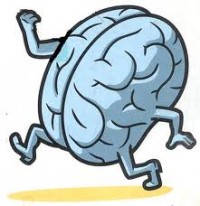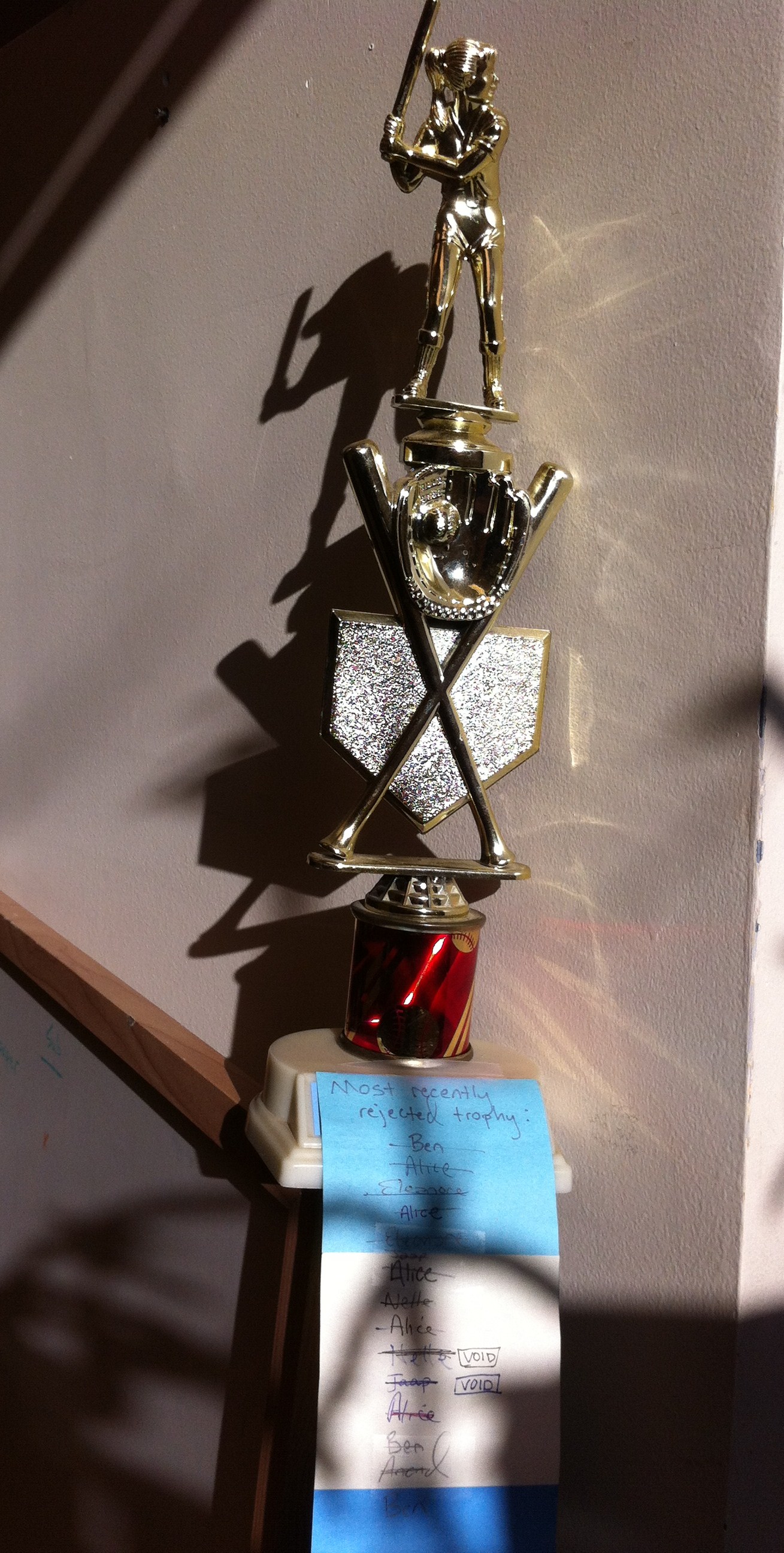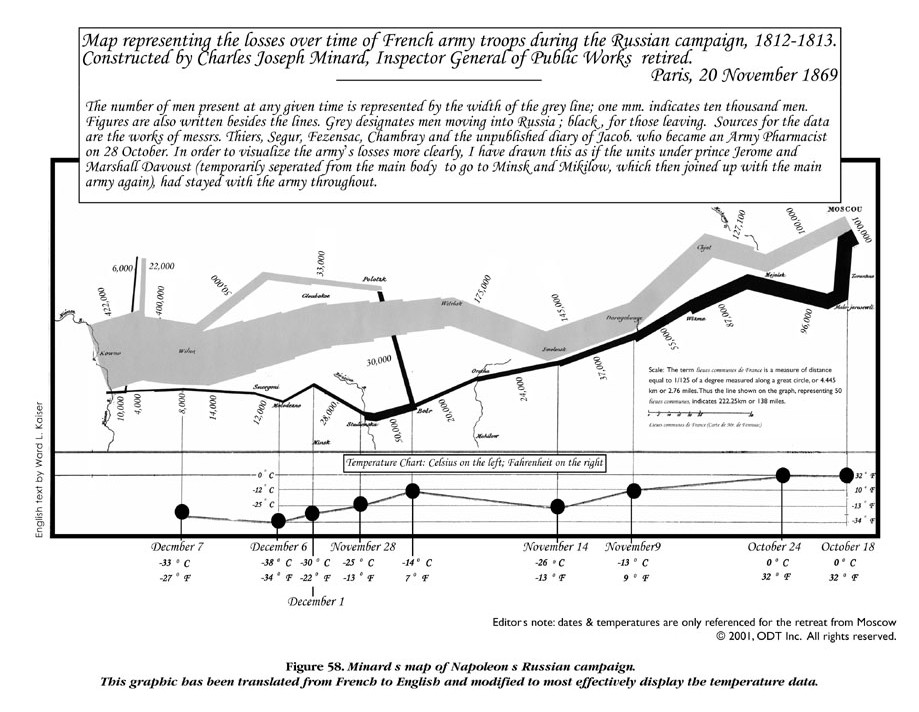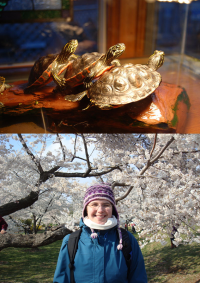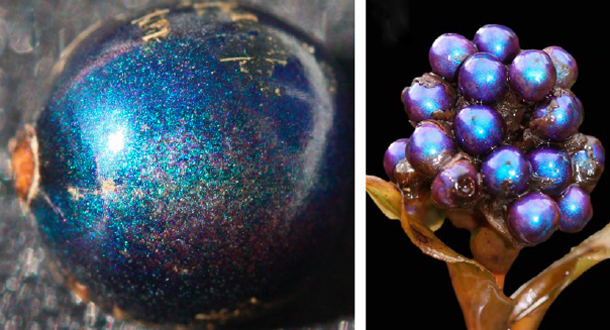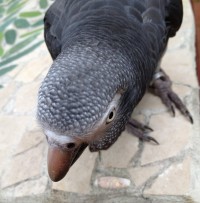Only a small proportion of PhDs in science end up working in science. This is at least in part due to the Ph.D Job Crisis. When University of California system postdocs were asked if they wanted a academic research position at the beginning and the end of their postdoctoral training. Positive responses in men fell from 59% to 45%, in women this response fell from 46% to a terrible 11% (Goulden et al 2011). As a female post-doc (and wife of a post-doc) I’m flooded with messages about how ridiculously competitive my life is going to be, how I’m extra challenged as a woman, and desperately little information about how to come out on top.
People have been circling dangerously close to my blog-post topic for weeks now. Lillian posted on artistic expression artistic expression and the mark was narrowly missed by Adam Frank of NPR. Eleanore had mentioned a similar topic, but to my delight wrote about bilingual birds (my delight was due to the topic…not that it was not my topic). Not only is practicing science remarkably similar to practicing art, pursuing a career in science is remarkably similar to pursuing a career in the arts. In order to continue in academia and not become a complete emotional and mental wreck, I’m going to need to become a little more of a rock star.

So is it arena rock you are after or a gig a steady paying gig at the local coffee house?
There are several attributes I would consider key for rock star success. Obviously, there is talent. Either you got it or you don’t. However, many extremely talented rock musicians (Janis Joplin, Jimi Hendrix, Kurt Cobaine, Bradley Nowell, the sad list could go on forever) were unable to cope with life in rock. There is probably another sad list somewhere else of brilliant scientist who left science because it was too much or stayed in and cracked up. Successful longevity is clearly only partially based on raw talent.
While I’m on emotional fitness, confidence is clearly key. I think there is a thin line between confidence and arrogance. Confidence includes fighting for your point when you are correct and owning the stage when you are on, but also realizing that it is ok to be wrong and respecting your audience.
In both careers there must be a certain amount of luck. In addition to the occasional rumored deal with the devil to achieve stardom, a lot of rock musicians are simply at the right place at the right time. I have heard similar things said of jobs, grants, and collaborations. However, one of my favorite quotes comes from the rapper Ice-T, “Luck is when opportunity meets preparation”. Unlike god-given talent you are in control of skills. I can work hard and push myself to read, to write, and to think. Just like a professional musician, no one can tell me how much I need to practice to achieve my own definition of excellence.
I think that personally defining excellence is the most important thing you can do. What precisely do you value? What would make you feel like a science rock super star? Is it is the craft? The songmanship? The fans? Do you care if anyone notices your work or are you happy to make music or science for the pure gratification of the act? Will you measure your worth in questions answered, students trained, lives saved, or grant monies awarded? There is not correct answer to these questions. Both Carly Rae Jepsen and Eva Cassidy could be described as successful.
These sorts of decisions come to the heart of the matter. Your goals will dictate the skills you must practice and the confidence you must build. I’ve been thinking a lot about this recently and when I think of the musicians and scientists I respect most they have remained true to themselves and by doing so have become successful. By my count that is 3.5 out of 5 things that I can control. It is time to focus on those and tell everyone and everything else, “Sorry you aren’t on the backstage list. VIP passes are by artist’s invitation only.”


